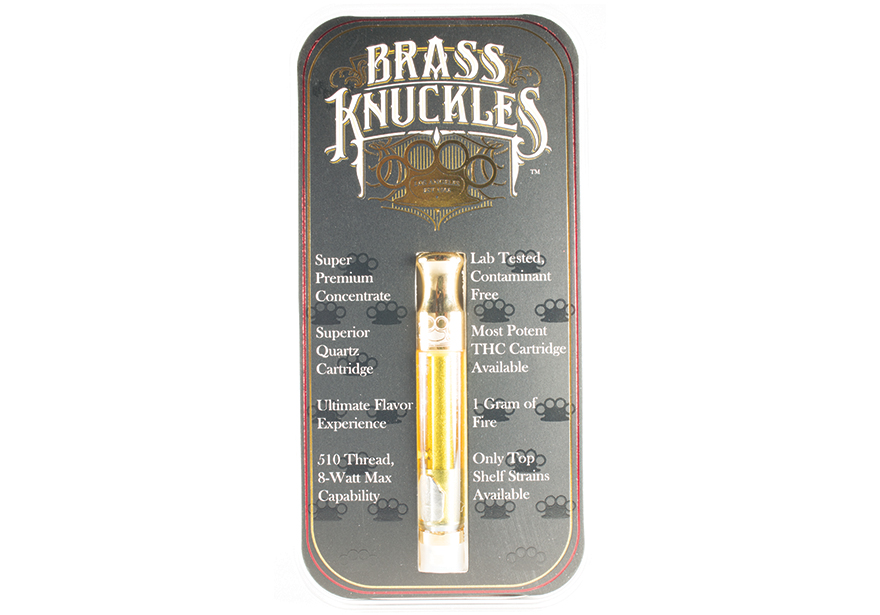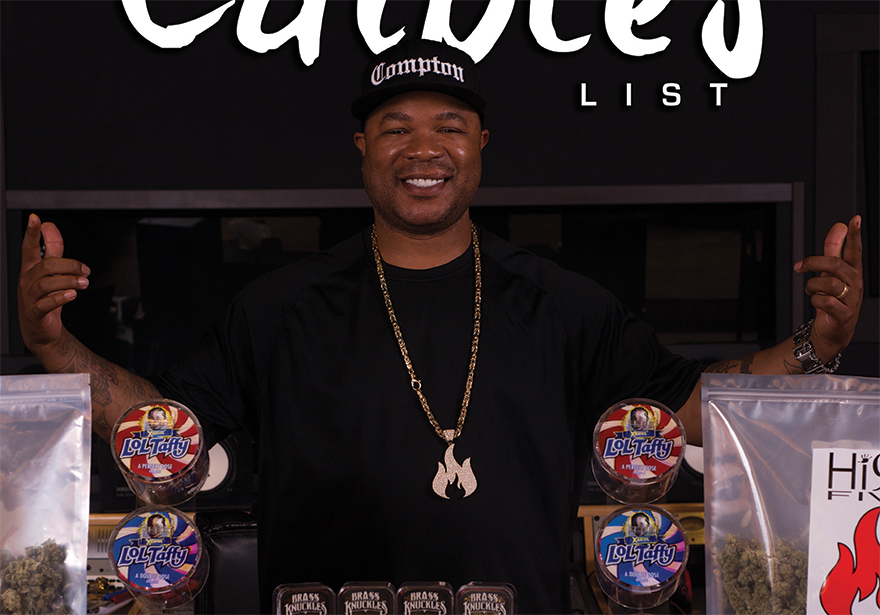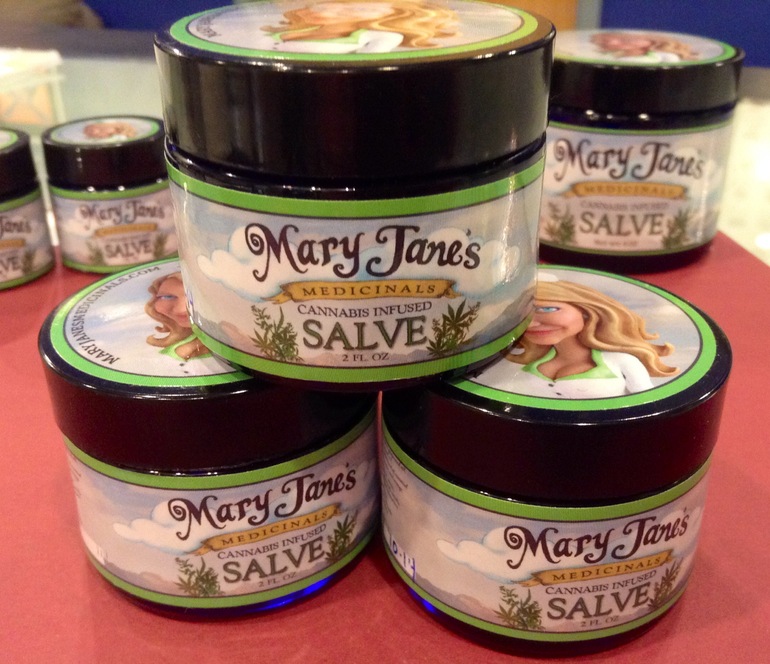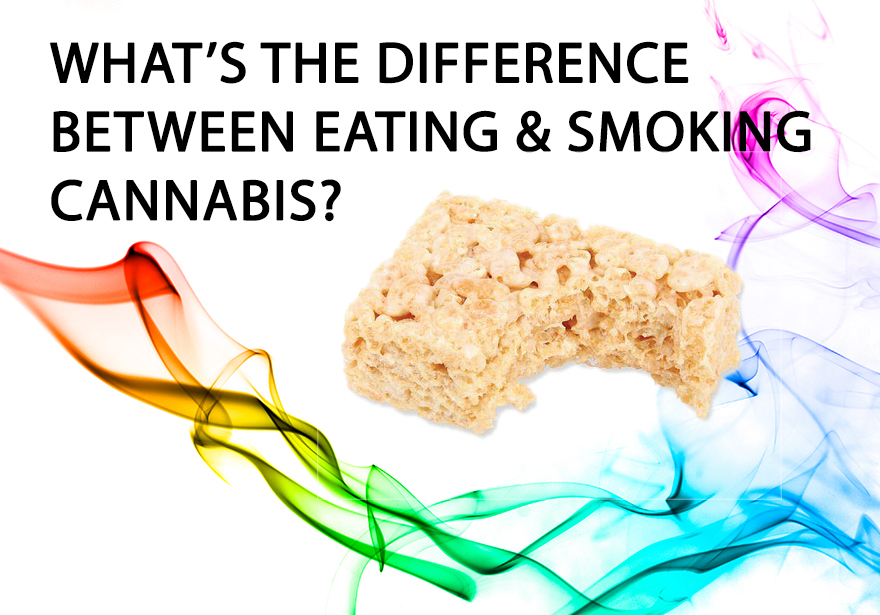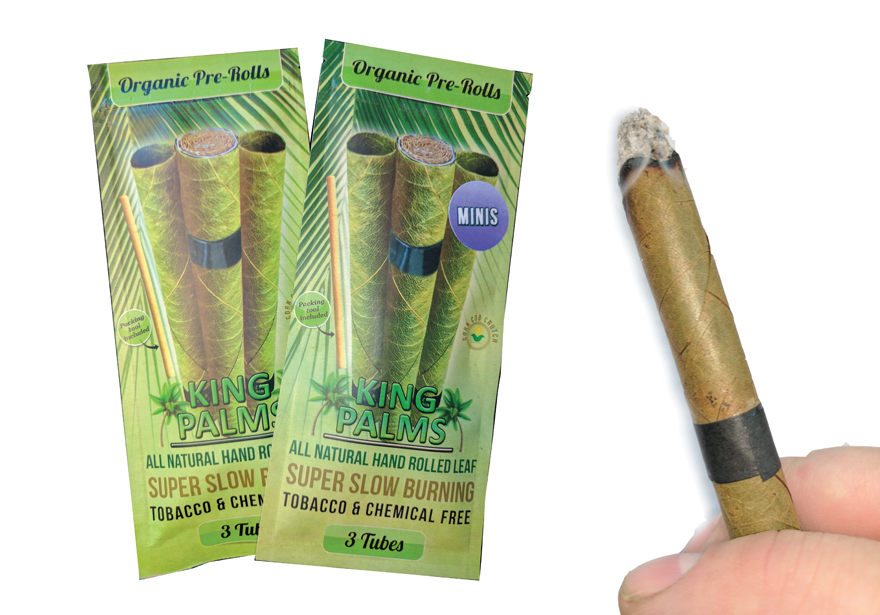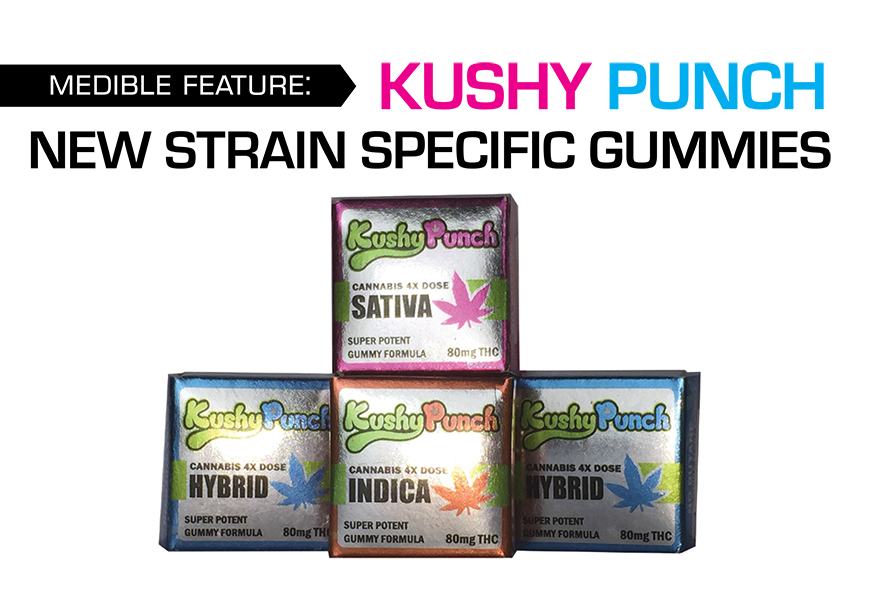Just like any industry, there’s “GREAT” times, “good” times, “okay” times, and “not so good” times. Right now, we’re hovering in-between “good” and “okay,” despite the ongoing coronavirus pandemic and subsequent economic downturn.
Once it was known that cannabis was indeed a sound investment, VCs, Angel investors, and those with means began to invest in an industry that was once the ire of teetotalers like Harry Anslinger and William Randolph Hearst and were seeing favorable returns on said investment. Investors were saying “YES” to anything cannabis-related, throwing money and seeing what sticks, which of course sent the value of cannabis stocks through the roof. But what these investors didn’t realize is that cannabis doesn’t grow overnight and not just anyone can open a shop anywhere they want: there’s papers to file, permissions and approvals to seek from their town, and constant plateaus that can see an owner closing shop within the first year.
According to The Motley Fool, these 3 trends that started out white hot are melting like an ice cube in the sun.
1. Infused Beverages:
Up until 2018, you couldn’t throw a rock in a dispensary without hitting a fridge STOCKED with cannabis infused coffees, lemonades, teas, and sodas that included brands from Snoop Dogg (my personal favorite) and came in loads of different flavors. These sodas were either an infusion of cannabis, CBD, or both. But with the coronavirus pandemic (which has also caused an aluminum shortage), 2020 has seen a great deal of change; while cannabis flower hasn’t seen too much of a downturn, Wall Street is still on the fence about the success of infused drinks. And let’s be honest, not a lot of folks are willing to spend $10-15 dollars for a single bottle when they could get a gram or two of flower for the same price, getting relief a few times opposed to just once. And with edibles and potables, “controlling” the high is a bit more difficult, as both stay in your bloodstream for a longer period of time.
2. Vaping:
Unless you have zero access to TV, radio, the internet, etc, the war on vaping has been absolutely relentless. While these campaigns are targeted at youths and young adults who use tobacco vape products and electronic cigarettes, a.k.a. “E-cigs”, the cannabis industry, also took a big hit. When introduced, vaping was presented as an alternative to those who couldn’t or didn’t want to smoke full-flower. Then in 2019, a lung condition attributed to vaping/e-cigs reached over 2,000 cases in the span of six months. Once The Centers for Disease Control and Prevention (CDC) got on board, they pointed the finger at vitamin E acetate as the cause of what is known as “Acute Vaping-related illness,” which included “difficulty breathing, shortness of breath, chest pains, gastrointestinal sickness leading to serious lung damage and death has been linked to the risk behavior of using vaping products bought on the streets in healthy young people.”*
Vitamin E acetate is used as a condensing agent in vaping products, with patients showing symptoms within 90 days. “While the specific cause of vaping-related illnesses has been widely debated among the general public and physicians, new research points to vitamin E acetate as a potential culprit in the vape-related lung illness outbreak. Vitamin E acetate is an oily chemical commonly added to THC vaping liquids to dilute or thicken them; the substance has been acknowledged as a potential toxin of concern by the Center for Disease Control and Prevention (CDC), due to its ability to remain in the lungs for long periods of time, and therefore cause complications in the lungs.”*
Upon further research, it was found that quite a few patients had said they’d vaped THC products, leading the CDC to further say “The ingredients of vape that are suspected of contributing to the development of vaping-related illnesses are THC and vitamin E acetate,” and “vitamin E acetate is most commonly used as an additive in THC-containing vape/e-cigarette products; vitamin E acetate is an oily chemical added to THC vaping liquids used to thicken or dilute them.”*
Still a topic of debate, cannabis companies continue to produce vaping products, despite the argument whether or not THC or diacetyl (a chemical found in many e-cig flavors) are the causes of a condition known as “popcorn lung,” a condition found in factory workers who worked in microwave popcorn processing plants in late 2000.
3. FDA rejects CBD (AGAIN):
The one area investors thought would be a sure thing was the use of CBD (cannabinoids) as an additive to food and drink. As CBD contains no THC, you can’t get high no matter how much is consumed. And when Trump signed the Farm Bill into law back in 2018, which legalized industrial production of hemp/hemp derived CBD, the prediction was that CBD would turn into a 22 billion dollar industry by 2022. Indeed, many bars and restaurants began to offer CBD infused cocktails and meals throughout my hometown of Los Angeles, until it was squashed by the U.S. Food and Drug Administration (FDA) due to the fact that it was not yet FDA-approved. According to former FDA Commissioner Scott Gottlieb, “It can take years to create a risk-versus-benefit profile for a food/beverage additive. Because CBD is such a complex compound, it would take even longer.”
Well, the FDA has once again said “Nope,” and without approval to add hemp-derived CBD to said food and beverages, the CBD market (including known companies like Charlotte’s Web) has taken a huge hit, with some just stopping sales altogether. But this doesn’t mean it’s the end: it just means “back to the drawing board” until the CBD industry and the FDA can find a happy medium they can both agree on.
Stay tuned.
By Wednesday Jones










